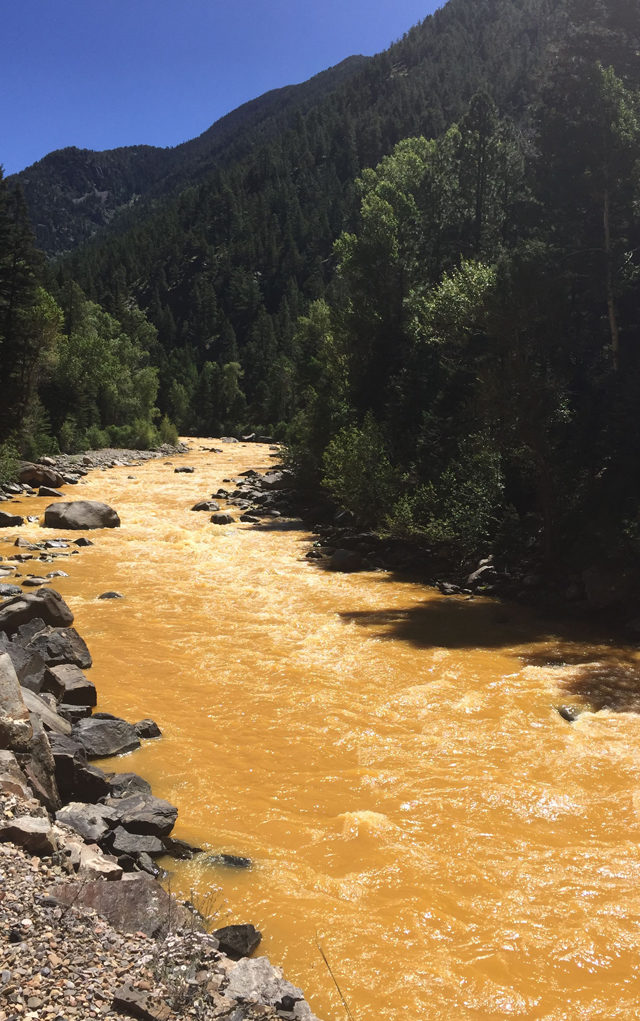
A report released by Izaak Walton League of America (IWLA) found that with outdated records and a lack of monitoring stations, Colorado, as well as states across the nation, mislead public thought on the cleanliness of local waterways.
The report ranked state efforts in six categories: transparency, volunteer engagement, site-specific information, age of data, frequency of sampling and water quality standards. It found that only 2 percent of rivers and streams nationwide are adequately monitored.
Colorado received an overall score of C+, with volunteer efforts to monitor and test water qualities redeemed the state from receiving a D or lower. While more than half the states are not leveraging citizen volunteers as monitors, Colorado received a B+ for voluntary engagement.
The Clean Water Act requires states to monitor and update information every two years. Yet, the study finds Colorado and many other states report information more than five years old.
Additionally, federal regulations recommend testing stations to be no more than 25 miles apart. But at current levels, Colorado only monitors about 6 percent of what they should, with 629 permanent stations for more than 260,000 miles of waterways.
While pollution from “point sources” such as factory pipes and sewage treatment plants is heavily regulated and monitored, runoff from yards and other contamination caused by the public is harder to track.
A search on the Environmental Protection Agency’s “How’s My Waterway?” database produces assessments for Boulder creeks and lakes last updated in 2010. Six years later and post-2013 floods, this data is no longer reliable. The most common pollutants found in Colorado’s streams and rivers include toxic metals, bacteria, acids, lead, nutrients and sediment.
With the Gold King Mine spill less than a year in the past, water quality reports have become increasingly important to Colorado residents. While the state ranks higher than most others in the IWLA report, it’s clear there’s still much more monitoring that could be done.














